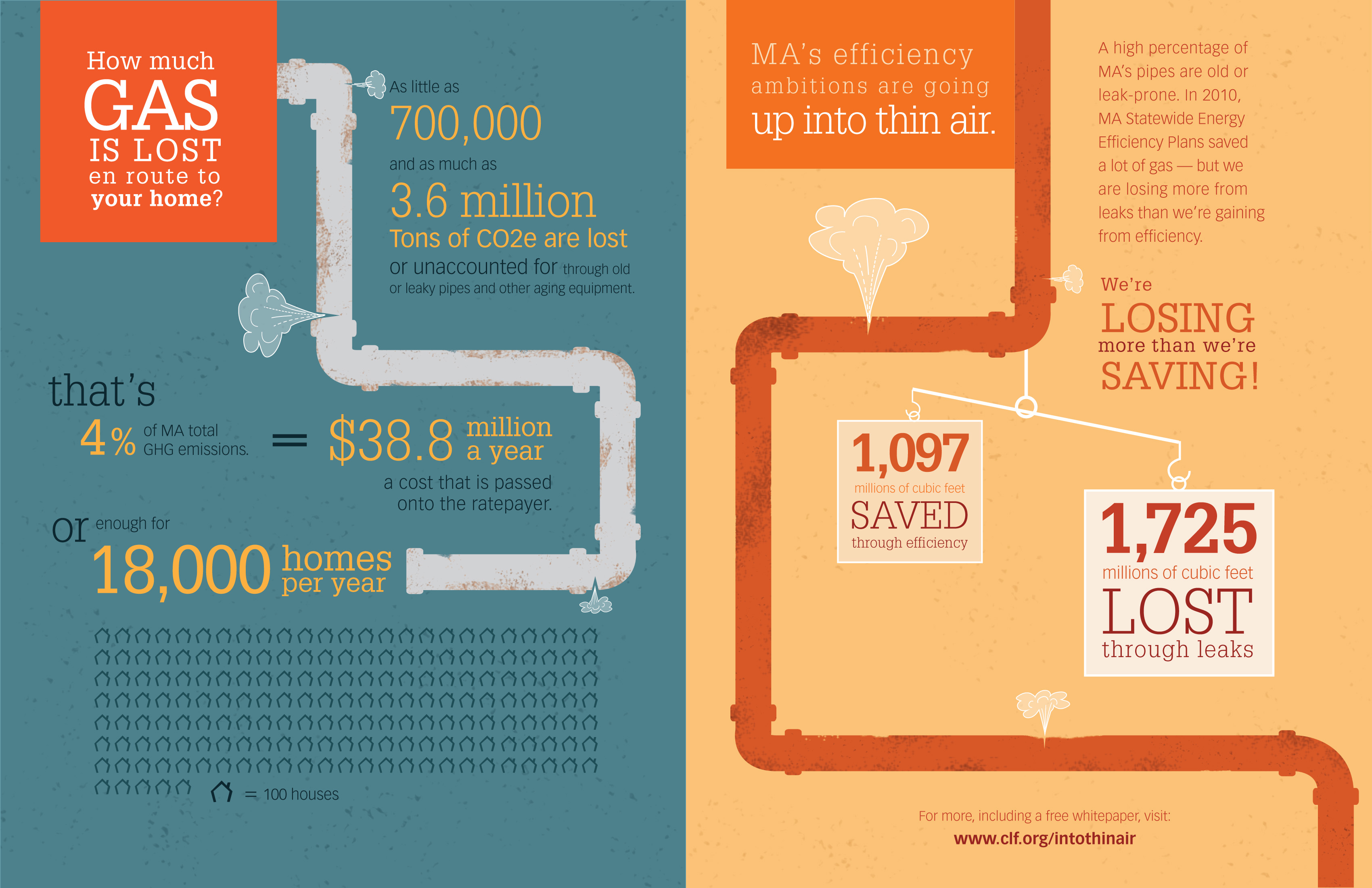The Future Of Solar Energy: Predictions For The Sector In The Next Years
The Future Of Solar Energy: Predictions For The Sector In The Next Years
Blog Article
Post Produced By-Buch Mccormick
As you ponder the future of solar power, visualize a landscape where advancement and sustainability merge. The coming years hold the promise of substantial improvements in solar innovation, improving the industry as we know it. With efficiency gains and cost reductions on the horizon, the possibility for solar energy to transform our power landscape is tremendous. Stay tuned to uncover exactly how these advancements will certainly shape the future of renewable energy and push us in the direction of a greener tomorrow.
Technical Advancements in Solar Panels
Photovoltaic panel have actually experienced amazing technological developments in recent times. https://dominickcluck.dgbloggers.com/30249127/learn-more-about-the-game-changing-capacity-of-solar-setups-in-promoting-a-lasting-future-and-how-they-are-changing-the-ecological-scene is the increase in effectiveness, allowing solar panels to convert sunshine into electrical power better. This has actually been achieved with developments in materials and layout, making solar energy a much more sensible and competitive option for renewable resource sources.
One more essential growth is the reduction in expenses associated with production and installing solar panels. As innovation has actually progressed, manufacturing procedures have actually come to be extra structured, leading to lower prices for customers. Furthermore, installation solar panel and life-span of photovoltaic panels have boosted, making them an extra lasting and long-lasting investment.
Developments in power storage modern technology have actually likewise played an essential function in improving the efficiency of solar panels. Batteries and various other storage space options have ended up being more reliable and economical, allowing customers to save excess power generated throughout the day for usage at night or throughout durations of reduced sunshine.
Enhanced Fostering in Various Industries
With the need for lasting power options on the rise, numerous sectors are significantly integrating solar power systems into their procedures. Suggested Web site in industries such as production, farming, and transportation are leveraging solar power to minimize their carbon footprint and operating expense.
In manufacturing, photovoltaic panels are being set up on rooftops to power equipment and illumination, leading to significant savings on electrical energy expenses. Agriculture is additionally welcoming solar energy by utilizing it for watering systems and powering farm equipment, thus reducing conventional gas costs. Additionally, the transportation market is adopting solar modern technology for billing electrical lorries and lighting up parking lots.
The pattern of boosted fostering of solar power throughout markets is driven by the desire to be a lot more eco-friendly and reduce reliance on non-renewable power sources. As solar modern technology remains to development and come to be much more cost-efficient, we can expect to see even broader combination of solar energy systems in various sectors in the coming years.
Policy Changes Driving Solar Growth
Embracing renewable energy sources is important for lasting growth in today's world. Policy changes play a substantial function in driving the growth of solar energy. Federal governments around the world are executing various procedures to advertise the fostering of solar energy. Rewards such as tax credit histories, refunds, and feed-in tolls urge people and businesses to buy solar modern technology.
Additionally, guidelines mandating a specific percent of power ahead from sustainable sources push energy companies to include more solar right into their power mix. In addition, policies focusing on net metering permit solar users to sell excess electrical power back to the grid, making solar installments much more financially practical.
In some regions, sustainable portfolio standards require a specific portion of electricity to be produced from solar power, producing a steady demand for solar power. These policy changes not just drive the development of the solar industry but likewise contribute to reducing carbon emissions and combating environment modification. By supporting and applying such policies, governments can increase the transition to a much more sustainable power future.
Conclusion
Finally, the future of solar energy looks bright with continuous technical innovations, enhanced adoption across markets, and encouraging policy changes. With greater performance degrees, minimized expenses, and enhanced energy storage services on the horizon, solar energy is set to play a vital function in the international shift to a cleaner and much more lasting energy future. Embrace the possibility of solar power and be a part of the renewable resource change!
